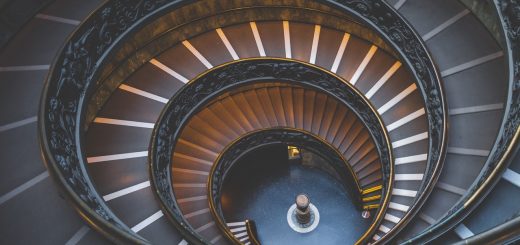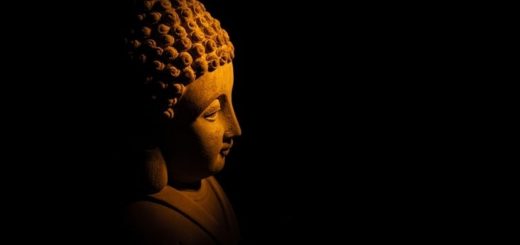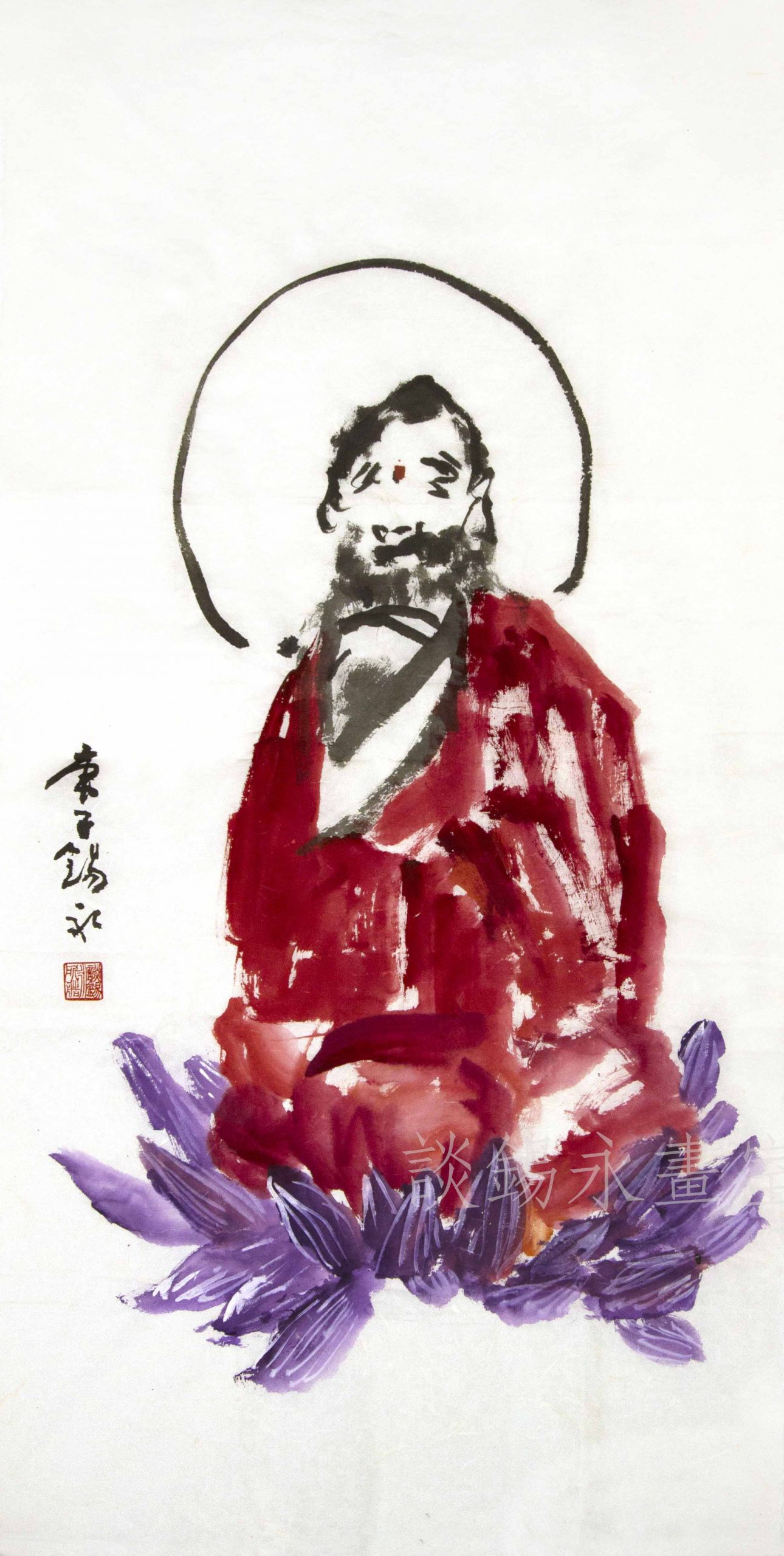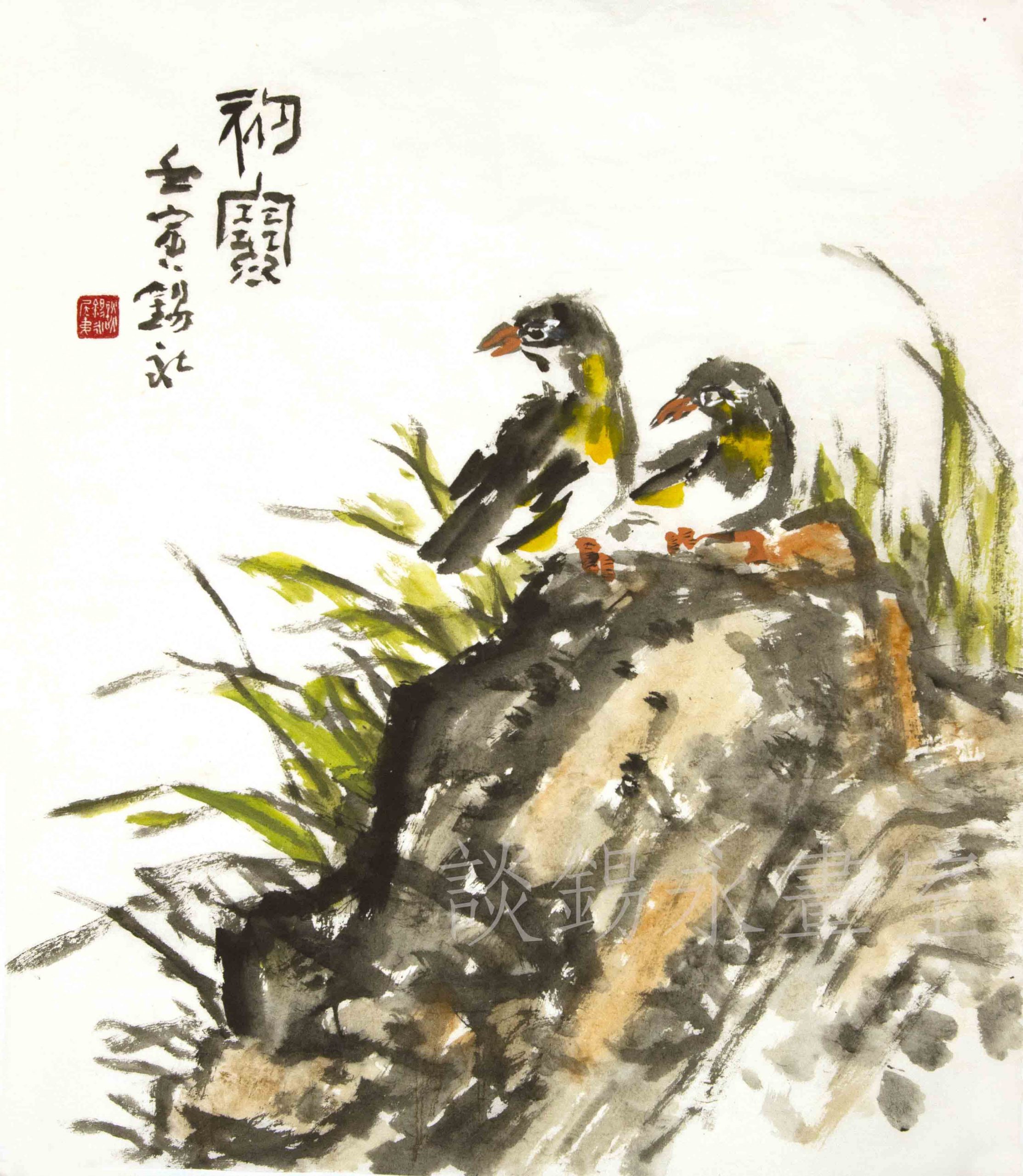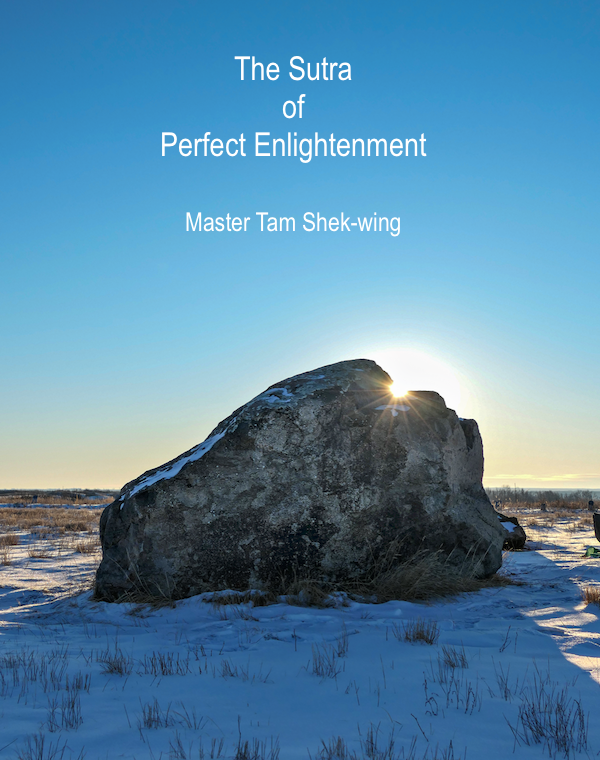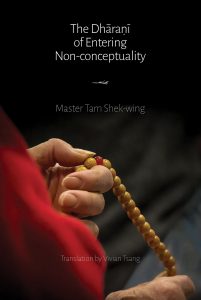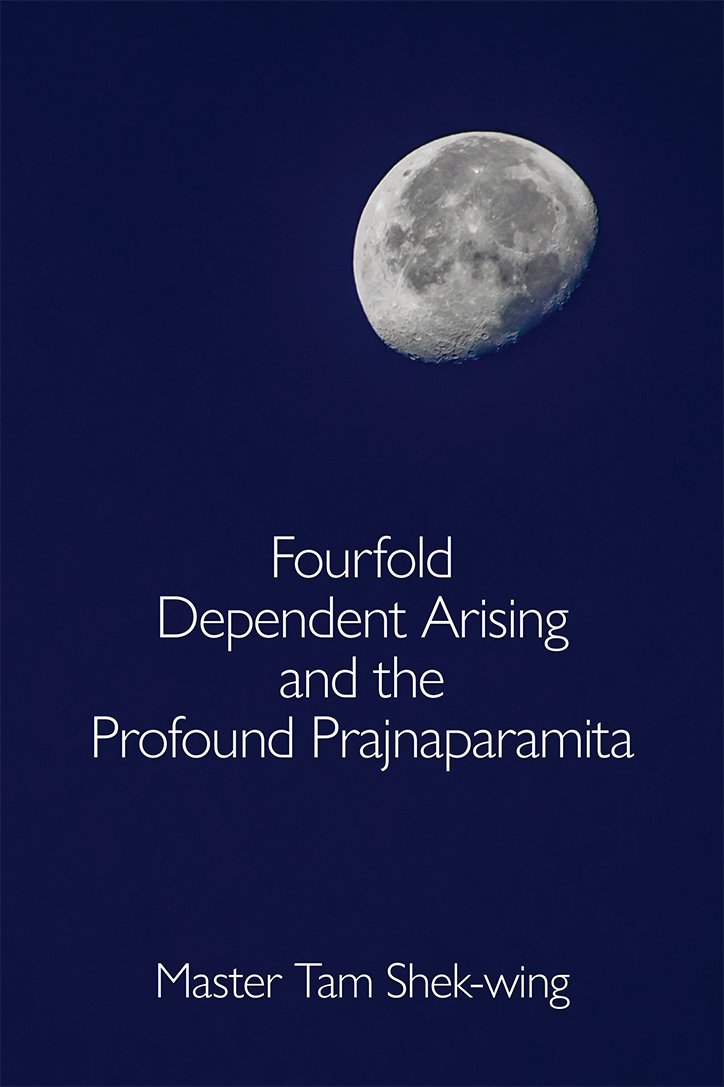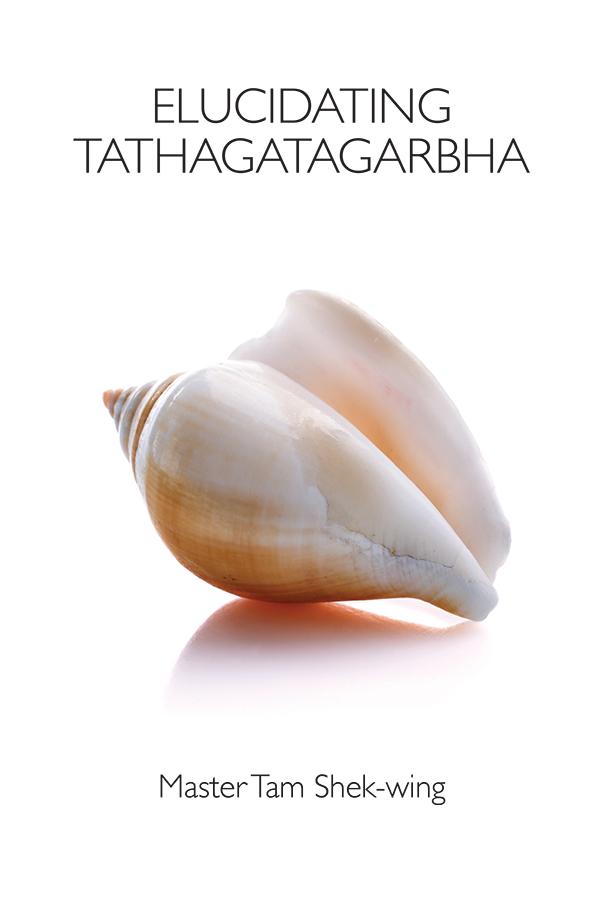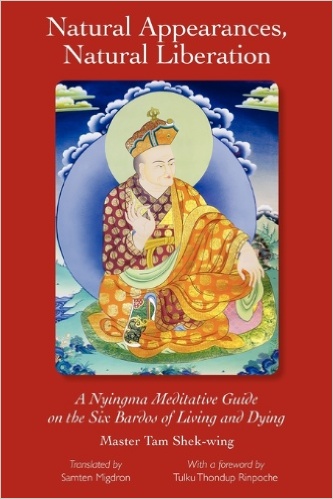Perfect Enlightenment 25: Buddha Teaches 25 Expedient Practices, Part 3
Show scripture (Chinese). 「若諸菩薩先取至靜,以靜慧心照諸幻者,便於是中起菩薩行;此菩薩者,名先修奢摩他,後修三摩鉢提。 「若諸菩薩以靜慧故證至靜性,便斷煩惱永出生死;此菩薩者,名先修奢摩他,後修禪那。 「若諸菩薩以寂靜慧,復現幻力種種變化度諸眾生,後斷煩惱而入寂滅;此菩薩者,名先修奢摩他,中修三摩鉢提,後修禪那。 「若諸菩薩以至靜力斷煩惱已,後起菩薩清淨妙行度諸眾生;此菩薩者,名先修奢摩他,中修禪那,後修三摩鉢提。 「若諸菩薩以至靜力心斷煩惱,復度眾生建立世界;此菩薩者,名先修奢摩他,齊修三摩鉢提[5]禪那。 「若諸菩薩以至靜力資發變化,後斷煩惱;此菩薩者,名齊修奢摩他、三摩鉢提,後修禪那。 「若諸菩薩以至靜力用資寂滅,後起作用變化境界;此菩薩者,名齊修奢摩他、禪那,後修三摩鉢提。 Show scripture (English). “Some bodhisattvas first attain perfect quiescence, and through the mind of quiescent wisdom shed light on all illusions and directly within these illusions arise the bodhisattva practices. These bodhisattvas are called practitioners of śamatha first and samāpatti next.” “Some bodhisattvas actualize the perfectly quiescent nature through quiescent wisdom, and then directly sever affliction and permanently escape from birth and death. These bodhisattvas are called practitioners of śamatha first and dhyāna next.” “Some bodhisattvas use cessation-quiescent wisdom to re-manifest illusion-power and establish all kinds of transformations to save sentient beings. Subsequently they sever affliction and enter cessation-extinction. These bodhisattvas are called practitioners of śamatha first, samāpatti next, and dhyāna last.” “Some bodhisattvas use the power of perfect quiescence to sever all affliction. They then arise the pure, marvelous practices of the bodhisattvas and save all sentient beings. These bodhisattvas are called practitioners of śamatha first, dhyāna next and samāpatti last.” “Some bodhisattvas use the mind empowered by perfect quiescence to sever affliction and then save sentient beings and establish objective realms. These bodhisattvas are called practitioners of śamatha first and subsequent simultaneous samāpatti and dhyāna.” “Some bodhisattvas use the power of perfect quiescence to aid in the initiation of transformations, then subsequently sever afflictions. These bodhisattvas are called practitioners of simultaneous śamatha and samāpatti, followed by the practice of dhyāna.” “Some bodhisattvas use perfect quiescence to aid in extinction, and subsequently carry out activities to transform the world. These bodhisattvas are called practitioners of simultaneous śamatha and dhyāna, who subsequently practice samāpatti.” Buddha answered Voice of Discernment, taught the twenty-five expedient practices. Previously we discussed the first three. Among the twenty-five, twenty-one belong to the alternating practice, within which, they can be further divided into three groups. The first group include seven practices with śamatha as the main practice, where the primary practice is cessation; there are seven practices with samāpatti as the main practice, where the primary practice is on the illusion; there are also seven practices with dhyāna as the main practice, where one dwells in neither cessation nor illusion, the primary practice is on the awareness. We begin with the śamatha-based practices (the fourth to the tenth practices). Note that the śamatha-based practices do not mean that one practices śamatha only and nothing else. Because in the practice of śamatha, it has already aspects of samāpatti and dhyāna. To practice śamatha first, it means śamatha is the main practice, such that through śamatha awareness is aroused, leading to fruition. For example, practicing śamatha one attains the fruition of quiescent wisdom. If the main practice is samāpatti, one attains the fruition of transcending illusion; if the main practice is dhyāna, one attains the fruition of severing affliction. Also note that this is similar to the tantric practices where the development dharma includes the perfection and the great perfection dharma; the perfection dharma is inclusive of the development dharma and the great perfection dharma; the great perfection dharma is inclusive of the development dharma and the perfection dharma. Therefore, analogously, śamatha includes samāpatti and dhyāna; samāpatti includes śamatha and dhyāna; dhyāna includes śamatha and samāpatti. The inclusivity can either be general or specific, therefore together there are twenty-five expedient practices. 4. Śamatha first and samāpatti next. In the tantric practice of development dharma, the practitioner’s self-manifested samaya deity (vows) and the wisdom deity (wisdom) coalesce, arousing the deity of samādhi. This way, the three deities of vows, wisdom, and samādhi abides without duality. This can be the realm of utmost tranquility awakening the mind of quiescent wisdom, or some calls it the pride of the self-manifested deity (本尊慢). This practice is only an accomplishment of śamatha. From here proceeding to the perfection stage is to illuminate and observe all illusory appearances with the quiescent wisdom. 5. Śamatha first and dhyāna next. In the tantric practice, with the already arisen realm of utmost quiescence, instantly entering the coalescence of development and perfection dharma, such that the primordial awareness is awakened. The practitioner abides in equipoise in the primordial awareness, one enters nirvāṇa where all afflictions are severed. The difference between this practice and the fourth one is that there is not a need to illuminate and observe illusory appearances. As such, one naturally does not enter the realm of illusion. 6. Śamatha first, samāpatti next, and dhyāna last. In the tantric practice, one follows the stages of practice here where one begins with the development dharma, then the perfection dharma, then the coalescent of the two, and subsequently one enters the nature of phenomena, attaining accomplishment in stages. 7. Śamatha first, dhyāna next, and samāpatti last. In the tantric practice, this practice relies on the pervasiveness of perfection dharma to benefit sentient beings, as in the practices of four dharma of action, twenty-one Taras, Vajradrolod, where there is the capacity of transforming illusory appearances, from benefitting the illusion-like sentient beings, to the liberation of illusion-like sentient beings. 8. Śamatha first, and subsequently, simultaneous samāpatti and dhyāna. In the tantric practice, one practices the development dharma to its ultimate. At this point, one’s faculty is capable of severing afflictions, as well as managing matters of afflictions, where the coalescence of development and perfection gives rise to the perfection dharma, illuminating all things illusory as well as transforming illusory appearances. This kind of conduct is discussed in Longchenpa’s Finding Rest in Illusion. 9. Simultaneous śamatha and samāpatti, followed by the practice of dhyāna. In the tantric practice, this is equivalent to a simultaneous alternating of the development dharma and perfection dharma. The practice has reached maturity, one proceeds to the coalescent of the two. This is also an advanced stage bodhisattva conduct. During the alternating practice, the power of transformation is beneficial to illusion-like sentient beings. The subsequent dhyāna practice is the accomplishment of primordial awareness. 10. Simultaneous śamatha and dhyāna, then subsequently samāpatti. In the tantric practice, from the development dharma the practitioner enters the primordial awareness, where it is realized through the coalescence of development and perfection dharma. One subsequently carries out various activities via perfection dharma. One might ask, how can one through the development dharma to attain the coalescence of development and perfection. Note that, as per previously discussed, the development dharma itself is already complete with the three dharma: the development of development, the perfection of development, the great perfection of development. As such, from one dharma, one practices all three.Chinese:
English:
Commentary:

